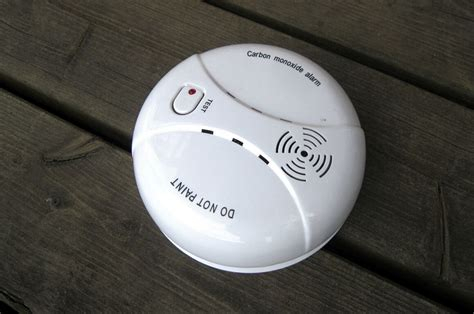There is a plethora of methods of study in clinical trials dependent on the phase or stage of the trial, but the focus here will be on four types which are discussed in detail below.

Single Dose And Multiple Ascending Dose Escalation Studies
Multiple Ascending Dose and Single Ascending Dose studies highlight a Maximum Tolerated Dose (MTD) and are the first human trials carried out, while investigating the dose’s tolerability and safety. In essence, they explore how to attain a balanced amount of medication in the body over a specific duration, these circumstances are referred to as steady-state parameters.
The initial dose prescribed for this study is established by the findings of non-clinical toxicology studies. Subsequently, the dose is increased according to standard operating procedures which are set out in guidance documents.
Bioavailability Studies
Bioavailability studies assess the extent and rate of the absorption of any particular medicine, by investigating the strength of the active chemical ingredients in the bloodstream in a specific period of time.
Bioavailability is dependent on the route in which the medication is administered. For example, medicines given orally will only be bioavailable when the medication gets into the blood, while medicines injected intravenously are 100% bioavailable instantly as they are injected directly into the bloodstream.

Image Credit
Thorough QT Studies
A QT interval is a measure of cardiac rhythm and thorough QT studies measure the QT interval using an electrocardiogram (ECG) and can be utilised as a biomarker to evaluate the risk that a medicine may possibly lead to arrhythmia.
Thorough QT studies are conducted prior to Phase III trials in vitro for all new molecular entities irrespective of in vitro or non-clinical outcomes.
Food Effect Studies
These studies assess the interaction and impact of food on the bioavailability, extent, and rate the medication is absorbed in any given specific formulation. These studies are crucial for the directions that are included in the medication leaflet instructions which tell the user if the medication is supposed to be taken in a fasting state or taken with meals.
Food effect studies are usually carried out with a single dose using the highest anticipated strength of the medicine, comparing two conditions. One of these conditions is where healthy participants have fasted before taking the medication and the other condition is where participants are given a high caloric and high fat meal before taking the medication.










+ There are no comments
Add yours